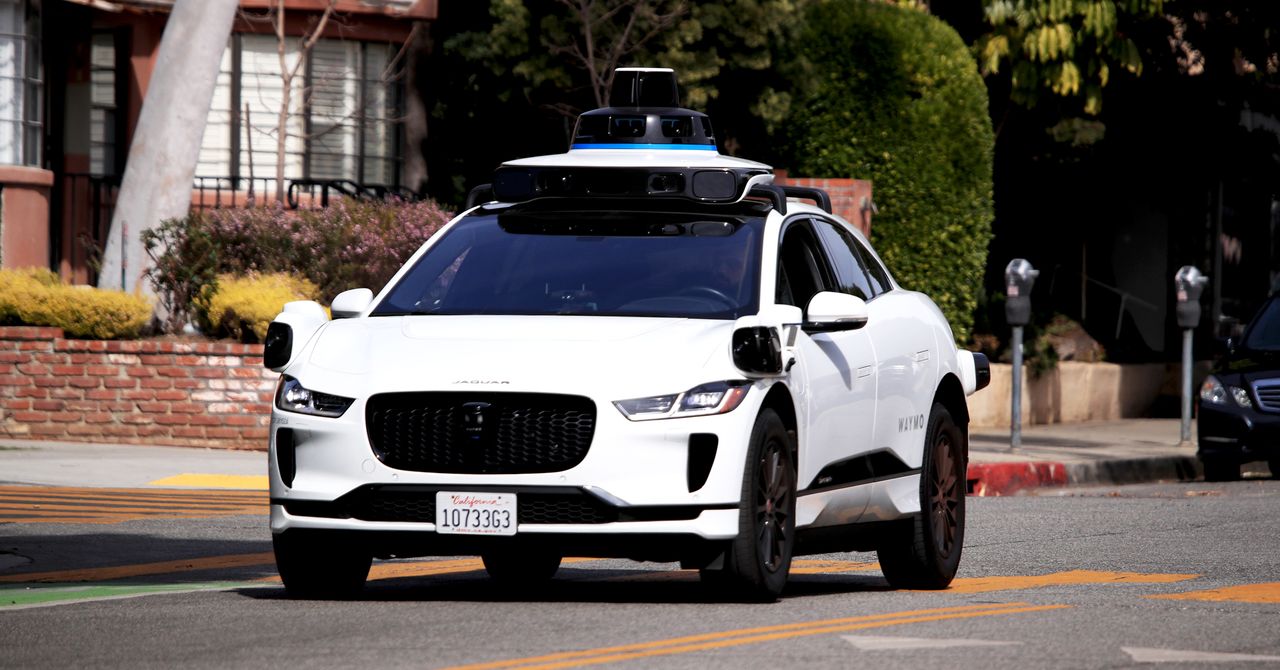
In general, insurance prices have been on the rise over the past few years because of an increase in distracted driving, more frequent and severe crashes, and more expensive parts and labor costs for repairs, says Loretta Worters, a spokesperson for the Insurance Information Institute. According to Bankrate, the average car insurance premium has gone up 26 percent, on average, in the U.S. over the last year.
There are many factors that go into an insurance company’s decisions regarding what cars it will insure and how much it will charge. To determine premium pricing, or whether or not they’ll insure the driver at all, insurance companies also look at a driver’s overall risk profile or how likely that person is to file a claim.
The factors that make up that profile include your age, gender, driving record, credit score, and history (in all but the three states that outlaw this). Where you live matters too, Worters says. If you live in a place with a lot of traffic and a high rate of crashes, you’ll be considered riskier to insure than someone who lives in a rural area without many cars. But like the people who drive them, each type of car, whether it’s a powerful sports car or a run-of-the-mill SUV, has its own associated risk profile as well.
For example, Worters says, “There have been instances where insurers have temporarily stopped accepting new customer applications in some states for certain model years of Hyundai and Kia vehicles because theft losses for those models have increased dramatically.” The problem can be traced to a spate of YouTubers posting videos showing how to hot-wire some models of those brands (that is, start and drive the vehicle without the keys).
There are other theft-prone models insurers may be wary of, especially when the driver’s characteristics also give them pause.
“A high-risk driver who owns a Corvette is not going to be an attractive candidate for a policy,” Worters says. Douglas Heller, an insurance expert at the Consumer Federation of America, says that in addition to high-performance sports cars, those with historic value that are collector’s items may also fall into an insurer’s “unacceptable risk” category.
According to the National Insurance Crime Bureau, vehicle thefts in the U.S. passed the 1 million mark for the second year in a row in 2023 amid a shortage of affordable used cars, and catalytic converter thefts, although down slightly, continue to be a concern due to the high price of the precious metals inside them. (Many states have enacted more stringent rules around scrapping catalytic converters, but thieves still rip them from the bottom of people’s cars—a task made easier with vehicles, like pickup trucks, that have more ground clearance.) If your car—or the one you want to buy—is statistically likely to be stolen or cannibalized, insurers will work that into their calculus and it will cost more to insure.









